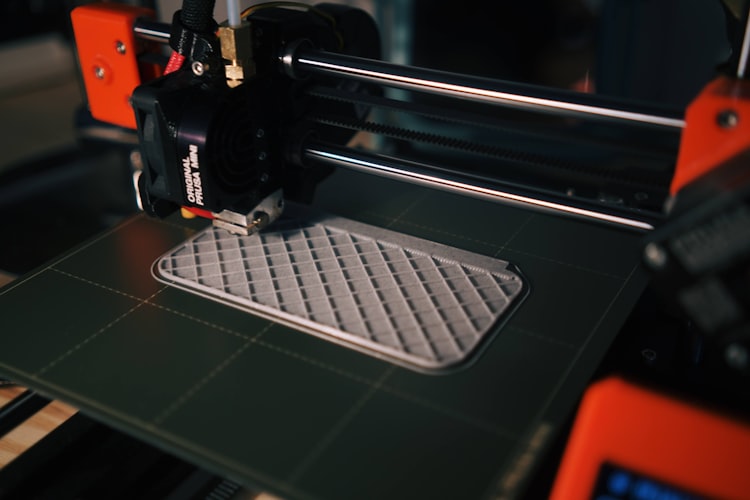From that moment in the early 1900s when the Wright brothers first took to the skies in their wood and canvas glider, aviation technology has made a considerable amount of progress. This is the reason we now have state-of-the-art international air travel. Not long after this, we also began exploring the space above our planet, too.
Behind all the many changes and beautiful developments in the aviation sector, the most defining catalyst of change is the “additive manufacturing” technology. Also known as 3D printing, it helps reduce the weight of airplane parts and components while at the same time reinforcing materials and streamlining used designs.
Aerospace 3D Printing Services
In the aerospace industry, you will see not just military uses but also commercial and industrial applications, too. They are made up of teams that manufacture, design, maintain, and operate them, regardless of whether it is a spacecraft or an aircraft.

The aircraft industry was one of the first early advocates of additive manufacturing and has been instrumental in the technology’s progress for both the production of prototypes and end-use parts and components.
The airline sector relies on additive manufacturing to alleviate supply chain bottlenecks, lower warehouse space requirements, and decrease the production of material waste related to traditional production processes. Swift production of on-demand airplane components saves enormous amounts of time, money, and space.
Weight reduction is the default avenue by which aerospace manufacturers can save their resources and money since weight can impact an aircraft’s cargo, emissions, safety, speed, and even fuel consumption.
Unlike conventional manufacturing techniques, like CNC, which take away a material to form a part, “Fused Deposition Modeling” 3D printers or FDM, produce your parts and components from the bottom up, in a layer-by-layer fashion, allowing for streamlined designs and complex geometries.
All of this adds up to less weight when the airplane is already up in the air. Because you are adding rather than withdrawing material, this procedure significantly lowers waste throughout manufacturing. The reduced weight afforded by 3D printing has benefited seat frames, air ducts, wall panels, and even engine components.
What Does the Future Hold for the Aerospace Industry?
Airbus and NASA are just some of the prominent brands in the aeronautics industry, two fine examples of how large organizations are leveraging 3D printing to address complex computational engineering challenges and come up with customized products. Nevertheless, what is the future of 3D printing services in aerospace?
As metal 3D printing technology advances and evolves in the coming years, industry insiders are in high anticipation that critical components of domestic aircraft and spacecraft will be manufactured additively. It will be made using top-of-the-line lightweight thermoplastics and bespoke metals.
Boeing, for example, has already invested in companies offering metal 3D printing services with high hopes that they will soon be employing new technologies for the research and development of end-use aircraft parts.
With increasing capabilities, 3D printing will become a more viable option for aerospace manufacturing.